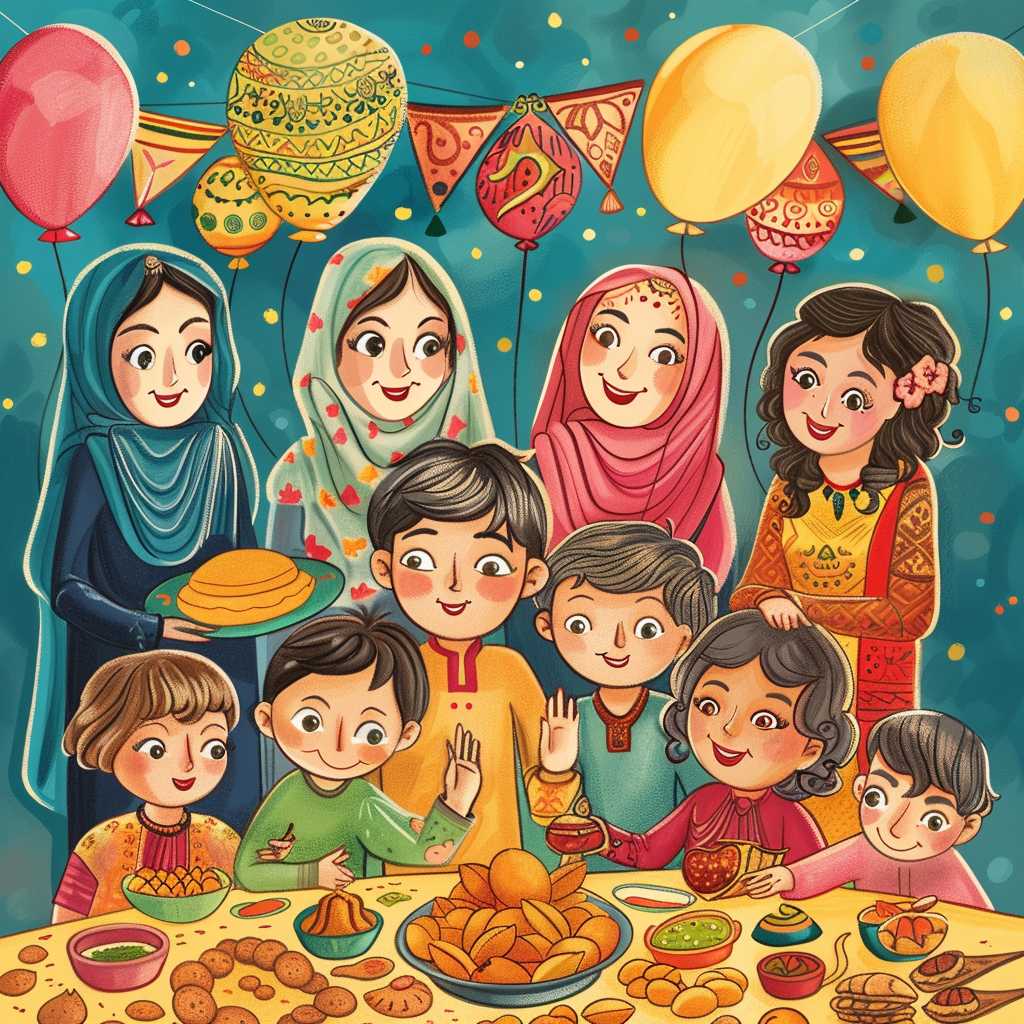Understanding Eid Mubarak: The Celebration of Breaking the Fast
Eid Mubarak is a traditional Muslim greeting reserved for the two significant Islamic holidays known as Eid al-Fitr and Eid al-Adha. This greeting, which means “Blessed Feast/Festival,” is used during the festive periods all over the world among Muslims. This article explores the origins of these celebrations, their cultural significances, and the practices associated with them.
Eid al-Fitr: The Festivity of Breaking the Fast
The Historical and Religious Background of Eid al-Fitr
Eid al-Fitr marks the end of Ramadan, the Islamic holy month of fasting. This celebration is meant to be a joyful time for Muslims, a day to express gratitude to Allah for helping them get through a month of fasting and self-reflection. It is believed that Ramadan is the month when the first verses of the Quran were revealed to Prophet Muhammad by Allah, making it an exceptionally spiritual time period in the Islamic calendar.
Cultural Customs and Traditions
During Eid al-Fitr, Muslims perform a special prayer in the morning called Salat al-Eid, usually in a large congregation at an outdoor location or in a mosque. After the prayer, the atmosphere is festive, with people dressed in new or their finest clothes visiting family and friends to share meals and sweets. Gifting, especially to children, forms a big part of the tradition, often including money or presents. Charity, known as Zakat al-Fitr, is an essential practice, with Muslims encouraged to give to those less fortunate to ensure they can also celebrate.
Global Celebrations and Variations
Due to Islam’s spread across the globe, Eid al-Fitr is celebrated in different ways worldwide. In Southeast Asia, cuisines featuring rice and sweet delicacies are common; while in Middle Eastern countries, dates and ma’amoul (date-filled cookies) are staples. No matter the location, hospitality and generosity are central themes.
Eid al-Adha: The Festival of Sacrifice
Origins and Ritual Significance
Eid al-Adha occurs about two months after Eid al-Fitr and coincides with Hajj, the annual pilgrimage to Mecca that all able-bodied Muslims are required to perform at least once in their lifetime. Eid al-Adha commemorates Abraham’s (Ibrahim’s) willingness to sacrifice his son as an act of obedience to God before God provided a ram as a substitute.
Practices and Observances
One of the important acts during Eid al-Adha is Qurbani, or animal sacrifice. Typically, a goat, sheep, cow or camel is sacrificed as per Islamic law, symbolizing Abraham’s sacrifice. The meat from this slaughter is distributed among family, friends, and those in need. This celebratory period also fortified bonds within Muslim communities worldwide.
Cultural Nuances Throughout Continents
Whether it’s indulging in mutton biryani in South Asia or engaging in folk dances in Turkey during Eid al-Adha, each country has its unique expression of this Islamic holiday. However, central to Eid celebrations across cultures remains prayer, acts of charity (called Sadaqah), feasting and community gatherings.
